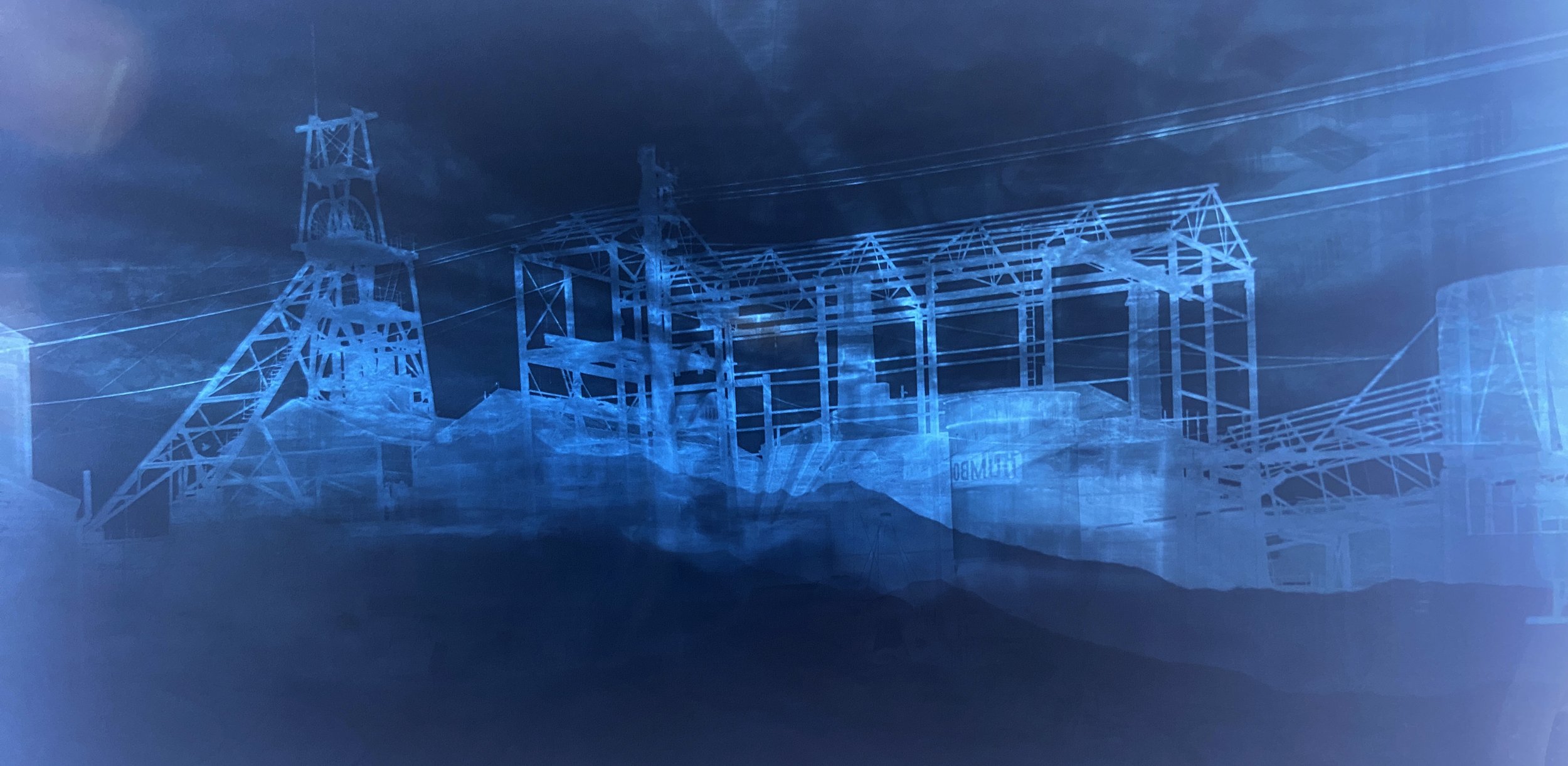Transformation
In the transformation phase of post-industrial recovery, death becomes possibility and decay reveals itself as revolution. These landscapes host nature's primary agents of change - the fungi, slime molds, and decomposers that convert what was into what might be. These remarkable organisms don't simply exist in post-industrial spaces; they actively transform them, breaking down both natural and industrial remnants into building blocks for future life.
Here, fungi weave networks of possibility on fallen wood and industrial debris. Their mycelial threads penetrate and digest what appears dead, releasing nutrients locked away in organic matter. Slime moulds create efficient networks across decaying surfaces, their flowing forms demonstrating remarkable intelligence as they navigate these transformed terrains. These organisms are nature's master alchemists, turning endings into beginnings through complex chemical processes that mirror the industrial transformations that once shaped these lands.
What unfolds here is not destruction but redistribution. The same elements that were once ancient forests, then coal, then industrial fuel, are now being recycled through the patient work of these decomposers. Nothing is truly lost; everything is transformed. These organisms don't erase our industrial heritage - they incorporate it into new cycles of life, demonstrating how transformation often means working with what remains rather than starting anew.
The process is both beautiful and profound. The intricate structures of these transformative organisms—the delicate branching of fungal fruiting bodies, the crystalline architecture of slime mould sporangia, and the complex textures of decomposing matter—reveal nature's artistry in decay. What might appear as destruction to the casual eye becomes an artwork of transformation when viewed in detail.
These pioneering organisms are not just participants but protagonists in the larger story of landscape recovery. They break down the remnants of industrial and natural history to create possibilities for future life. They remind us that transformation is not a single event but a continuous process, happening at minute and massive scales, turning what was wounded into what can flourish.










